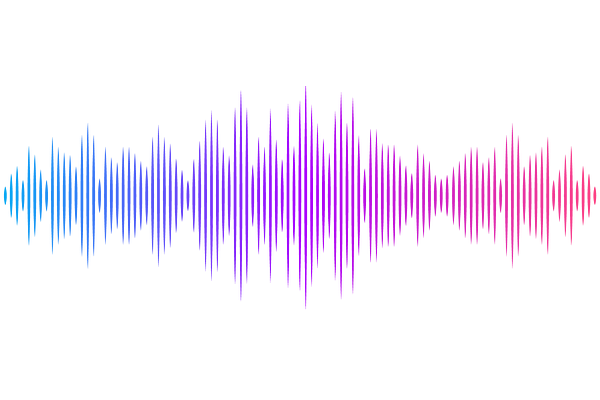TRapping and IMaging (TRIMing) of Cells/Multicellular Organisms in Free Living Environment Enabled by Adaptive Lightsheet Optical Tweezer (aLOT)

TRapping and IMaging (TRIMing) of Cells/Multicellular Organisms in Free Living Environment Enabled by Adaptive Lightsheet Optical Tweezer (aLOT)
Baro, N.; Basumatary, J.; Pant, N.; Mondal, P. P.
AbstractTo be able to trap and image in a live cell/organism on the go is an incredible feat and paves the way for immobilization-free interrogation. This is a step towards the interrogation of cells/live species in their natural environment. To facilitate, a TRIMing technique primarily based on an adaptive lightsheet optical tweezer (aLOT) system is proposed. The TRIMing technique combines the benefits of touch-free optical tweezing and high-resolution imaging. The entire system is built on a single platform for rapid interrogation of freely moving live biological specimens. The trapping system combines an autotunable lens, cylindrical lens, and an objective lens to generate adaptive PSF. The autotune lens (in the beam-expander) adaptively changes the beam cross-section (to either a parallel beam or converging point-beam) entering the back-aperture of cylindrical lens, resulting in a point or a line spot at the focus. An objective lens placed at the focus of a cylindrical lens converts the spot to a tightly focussed diffraction-limited lightsheet or point PSF. Depending on the object type (spherical or elongated), the system can flip between point and sheet PSF at a rate of 200 Hz. The system is integrated to a separate fluorescence arm to enable the imaging of trapped objects (cells or organisms). The TRIMing system operates in a brightfield mode to optically trap using point/sheet PSF and subsequently switched to fluorescence mode for imaging. The potential of the system is demonstrated by trapping live specimens (HeLa cells and C. elegans labelled with Bodipy dye) and imaging them in a freely moving environment. Characterization shows a point and sheet PSF size of, 43.42 um2 and 70.5 x 4.9 um2 with a trap stiffness of 1.15 x 10-3 pN/nm and 0.46 x 10-3 pN/nm, respectively. Fluorescently-labelled live specimens were investigated that showed the random distribution of organelles (lipid droplets) both in cells and C. Elegans. The TRIMing system demonstrated a resolution of < 0.7 um, a contrast of approx 0.84, a SNR of approx 11 dB. This allows a good combination of rapid trapping and high-quality imaging. In addition, the system allows near real-time determination of critical biophysical parameters, such as organelle size of 0.98 mu (in cells) and 1.28 mu (in C. elegans) with a density of 0.021 #/mu2 and 0.039 #/mu2, respectively. The number of lipid droplets are found to be nearly double for C. elegans as compared to HeLa cells. These parameters are directly linked to the physiological state of live biological species. Overall, the developed TRIMing system allows high-quality imaging of live specimens in a free living environment.